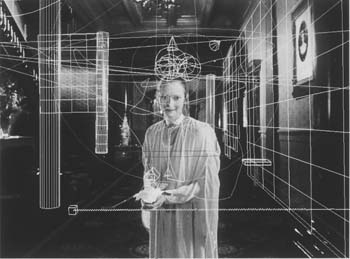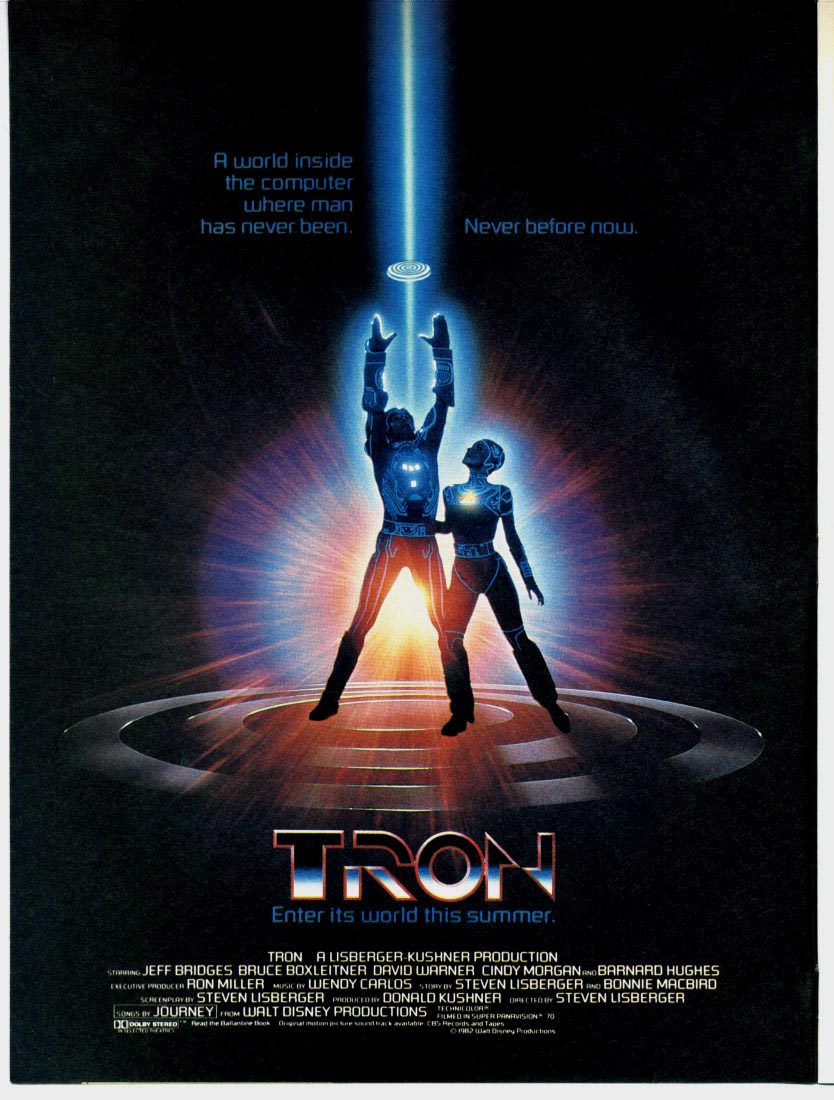 The show adopted Truman as a child and has followed him since he was a baby. The world that he lives on is completely artificially. All of the poeple that Truman encounters on a daily basis are actors, and Truman is merely reacting to the reality that they attempt to create for him. A mastermind director known as Christoph has orchestrated his reality. The film itself is a reflection on our societies infatuation with voyeurism and reality. It also comments on the connection that our society has with the digital world, for example when transmission cuts the two woman wake up as if they perceived the disruption.
The show adopted Truman as a child and has followed him since he was a baby. The world that he lives on is completely artificially. All of the poeple that Truman encounters on a daily basis are actors, and Truman is merely reacting to the reality that they attempt to create for him. A mastermind director known as Christoph has orchestrated his reality. The film itself is a reflection on our societies infatuation with voyeurism and reality. It also comments on the connection that our society has with the digital world, for example when transmission cuts the two woman wake up as if they perceived the disruption.  Christoph is the Genius behind the Truman Show, he is able to orchestrate drama to keep viewers interested while still maintaining a reality for Truman that keeps him confined to his own world. Christoph exploits Truman’s own real emotions through creating situations that will evoke real emotions. Suddenly, at the opening of the film, Truman’s reality is shattered – literally – when a light falls from the sky. This begins the eventual decay of the alternate reality they have created for Truman.
Christoph is the Genius behind the Truman Show, he is able to orchestrate drama to keep viewers interested while still maintaining a reality for Truman that keeps him confined to his own world. Christoph exploits Truman’s own real emotions through creating situations that will evoke real emotions. Suddenly, at the opening of the film, Truman’s reality is shattered – literally – when a light falls from the sky. This begins the eventual decay of the alternate reality they have created for Truman.  Christoph has a sort of paternal feeling for Truman, but not the person – his creation. Christoph has managed to created this iconic being –Truman – through the use of dramatic effect such as music and camera angels. The movie shows us the great detail which goes into the construction of a scene in The Truman Show, when Truman reaches one of his great moments – being reunited with his father. Christoph maintains total artistic control over that moment, he is literally directing a moment of a persons life. This is just another example of how Christoph is the God of Truman’s world. He, literally, is able to cue the sun.
Christoph has a sort of paternal feeling for Truman, but not the person – his creation. Christoph has managed to created this iconic being –Truman – through the use of dramatic effect such as music and camera angels. The movie shows us the great detail which goes into the construction of a scene in The Truman Show, when Truman reaches one of his great moments – being reunited with his father. Christoph maintains total artistic control over that moment, he is literally directing a moment of a persons life. This is just another example of how Christoph is the God of Truman’s world. He, literally, is able to cue the sun.  The details in the film are amazing, for example when Truman goes into the Travel agent and is met with posters of horrible things like a lightning bolt hitting a plane. the entire world in which Truman lives reacts to every misstep. For example after Truman’s father breaks back into the set, the next day a newspaper remarks that they are attempting to clean up the homeless.
The details in the film are amazing, for example when Truman goes into the Travel agent and is met with posters of horrible things like a lightning bolt hitting a plane. the entire world in which Truman lives reacts to every misstep. For example after Truman’s father breaks back into the set, the next day a newspaper remarks that they are attempting to clean up the homeless.  The film was shot in ratio more similar to television that film, which helps to immerse the audience more in this reality that is supposedly televised. It is a commentary on our society and how the lives of people have become fodder for our reality television. The whole idea of the melding of reality, television, and film are great forces at play in The Truman Show. The viewer constantly has to be aware of if what they are watching is the film, or one of the shots from the television show. The movie is able to make this more obvious to the viewer through the use of the distinct camera angles such as the fisheye, the "button cam", the camera on the dog, the carbage can, and countless other angles. Truman's entire world is rigged like one giant set, always orchestrated to get the best angle. This can be seen when the camera follows Truman from the rear view window of the car.
The film was shot in ratio more similar to television that film, which helps to immerse the audience more in this reality that is supposedly televised. It is a commentary on our society and how the lives of people have become fodder for our reality television. The whole idea of the melding of reality, television, and film are great forces at play in The Truman Show. The viewer constantly has to be aware of if what they are watching is the film, or one of the shots from the television show. The movie is able to make this more obvious to the viewer through the use of the distinct camera angles such as the fisheye, the "button cam", the camera on the dog, the carbage can, and countless other angles. Truman's entire world is rigged like one giant set, always orchestrated to get the best angle. This can be seen when the camera follows Truman from the rear view window of the car.
The last hurrah of the Truman Show is his escape. SInce a young age Truman had been engraned with a love of exploration. The powers that be a constantly trying to quell this adventurous spirit. The travel agency is one example, but even as a child his teacher explains that there is nothing left to explore. It soon became obvious that a more drastic way of keeping Truman on the island was needed, this was when Truman's father was killed off. His father was drowned at sea. This created a very integral emotional and psychological barrier to keep Truman contained on the island. They are constantly using fear to keep Truman on track, such as the use of the dog. Eventually thought, things must come to an end. Just as Truman's love interes has the pin which asks how this will all end, the viewer wonders. Eventually after a tumultious escape through sea, Truman finds his way to the edge of his reality. Christoph apears as a God-like figure speaking from the sky. Truman walks up a staircase which blends into the sky painted wall, which is an amazing metaphor of the melding of the real and fake. And as he takes his last bow he says -- "Good afternoon, Good Evening, and Good Night"















